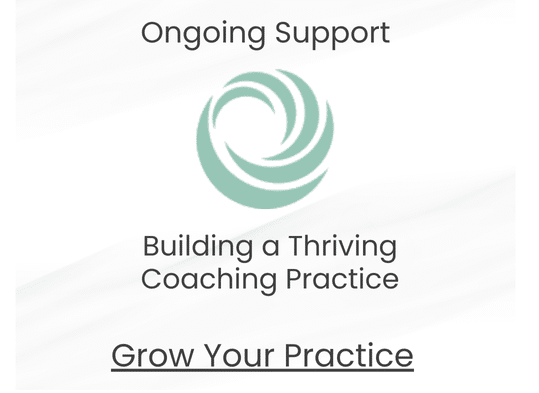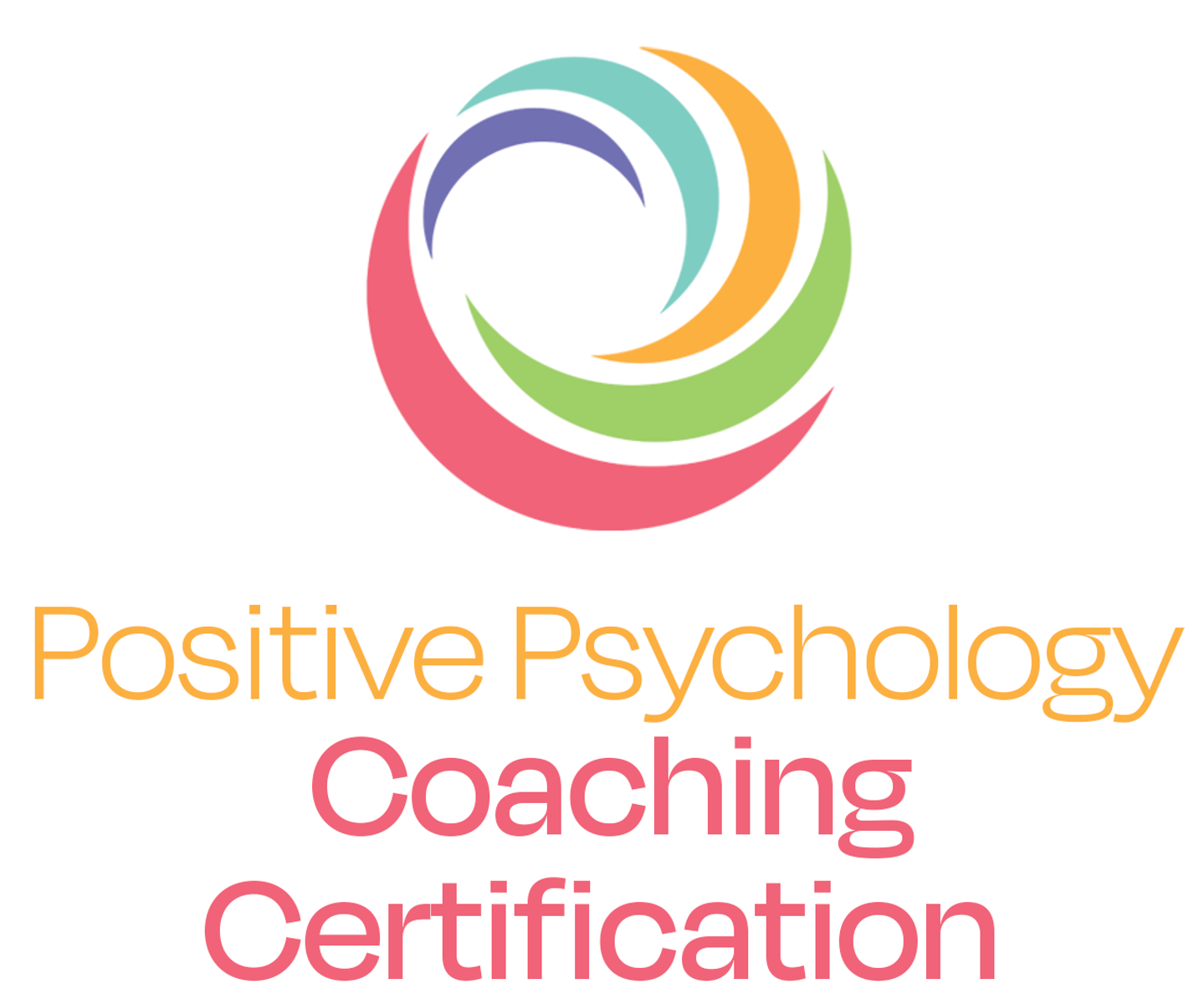I was about to enter the school gates when my phone rang. The phone number on the screen showed it was my children’s high school, so I answered it quickly.
“This is Mrs. Allan, from Valley College,” said the stern voice on the other end of the line. “I’m Alex’s math teacher.”
“Hi Mrs. Allan!” I said, chirpy. “How can I help you?”
“Alex needs to learn a thing or two about manners and stop giving me cheek in class,” she snapped.
Were we talking about the same Alex? I looked around me. The sun was shining, my red wheelie suitcase was packed full of props, and I was about to teach Character Strengths to kids in year five – the exact opposite of what Mrs. Allan was practicing right now. I felt my indignity rise in defence of my son, but instead of biting back, I suggested we discuss the issue at a more appropriate time, and after I’d spoken to Alex.
That night, with the teacher’s words still ringing in my ears, I decided to approach the incident with open curiosity and re-visited Alex’s VIA Strengths Survey results which he and his twin brother had both completed just a few months earlier as a tool to help them prepare for their final year of high school.
The VIA Survey, a scientifically-validated strength assessment tool for both adults and youth, lists 24 character strengths in ranked order. Our top strengths are the ones that occur naturally, energize and invigorate us, and increase and sustain our levels of well-being – all things I wanted for my children as they navigated their way through adolescence and adulthood.
So I pulled out Alex’s survey results, and there it was: a top, resounding strength of fairness and justice. This is a fine quality in my 16-year-old son, and something he carries with him in all facets of his life. I took this information with me to my conversation with him.
After listening to Alex’s version of the story and seeing it through his lens of fairness and justice, what had transpired made a lot of sense to me. Talking to his strengths and telling him I understood why he would felt unjustly targeted gave both of us perspective on the situation. He was also able to see it from Mrs. Allan’s viewpoint, allowing him an opportunity to resolve the issue with her—without victimization, blame, or lack of responsibility.
As a mother, it was a conversation I was proud of. In the past, I may have simply barged in with accusations (not dissimilar to Mrs. Allan) laced with disappointment. But coming at a difficult conversation from a strengths-perspective certainly hit the mark.
After hanging up the phone that day after Mrs. Allan called, I made my way to the library, where 30 kids were waiting for me. What a joy it was, to be with children full of curiosity and enthusiasm, their hands shooting up at rocket speed to ask and answer questions, and their laughter rippling across the classroom. Better still, to see their teachers’ faces blushing with pride when students named their strengths. I bet Alex’s math class wasn’t like that.
1. Fox Eades, J. (2008). Celebrating Strengths. UK: CAPP Press.
2. Peterson, C., &Seligman, M.E.P. (2004). Character Strengths and Virtues. New York: Oxford University Press.
3. Seligman, M.E.P. (2002). Authentic Happiness. New York: Simon and Schuster Inc.
4. www.viacharacter.org
As a strengths educator and facilitator, Fiona Trembath teaches and presents to schools, parent groups and individuals, and has a comprehensive range of resources for teachers and children to encourage strength-spotting and strength-development within the classroom. She is passionate about looking for “what’s right?” as a first default, rather than “what’s wrong?” as a way toward optimum health and well-being. Author of the junior fiction novel, Crackpot, Fiona is also a writer, editor, teacher, presenter, and a regular guest on ABC (Australia) Radio Overnights program. fromstrengthtostrength.com










Hi Fiona, what a great article. Of only all of our parents had your insight 🙂 You’ve said that you were about to take a y5 class, what age is old enough to do the test? Does it need to be facilitated?
Hi Melissa,
Thanks for your kind comments!
There is a survey for youth for children as young as 10 can take, which is free. (You can also purchase an expanded report that is very kid-friendly and fun to read.) If you go to the VIA website, you’ll find all the info there. http://www.viacharacter.org
Thanks again,
Fona
Great article Fiona!
Thank you so much, Joanne!
Great story, Fiona! The support and understanding you have for your child is wonderful and a great lesson to all of us to think things through from all sides before acting. That VIA strengths survey was so insightful!
I’ve recently finished reading your book “Crackpot” and not only got a big kick out of the crazy fun life your characters lead, but also loved the quirky, unconditional love the mother has for her children. Great lessons for middle school aged kids struggling with peer pressure and the desire to fit in. Nice job!
Diane Coon